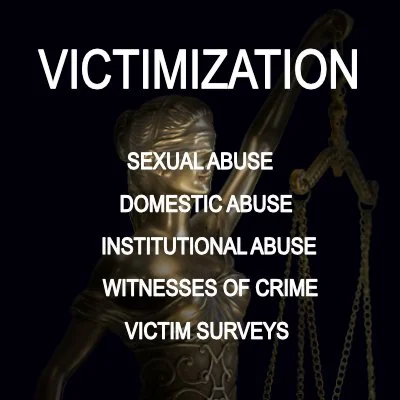By Anne Summers, Thomas Shortridge, Kristen Sobeck
Whichever way you look at it, many women are paying a huge economic price in addition to the physical, emotional and psychological damage done to them by domestic violence. It is no accident that employment and education – the pathway to better employment – are targeted by perpetrators as a prime means of depleting or even destroying women’s ability to be financially self-sufficient.
The data used in this report enables the authors, for the first time, to quantify the economic impact of domestic violence on Australian women. The report sets out in detail how large numbers of women have not attained a degree, have left the labour force, have reduced their working hours, or have taken time off work– all because of domestic violence.
The authors identify changes that need to be made across the following areas: paid domestic violence leave policie tthe operation of paid domestic violence leave multiple avenues of support are needed support to (re-)enter employment the Leaving Violence Program.
Sydney: University of Technology Sydney 2025. 52p.



